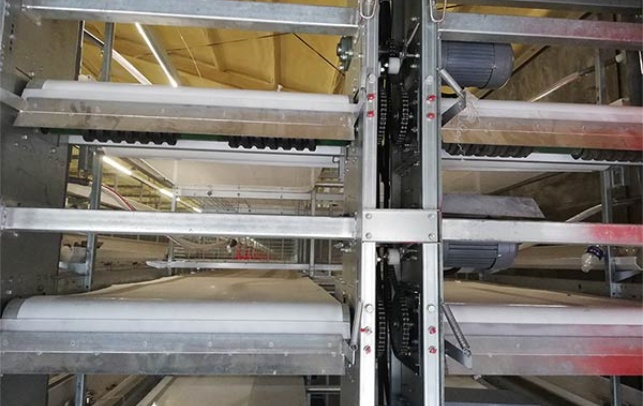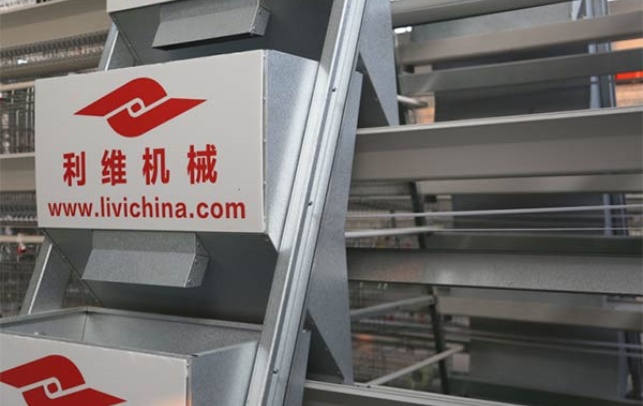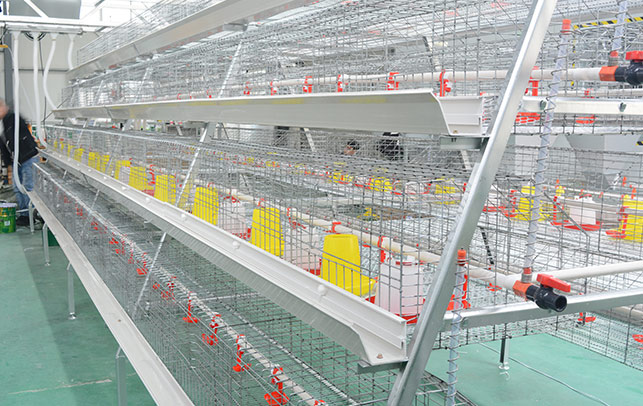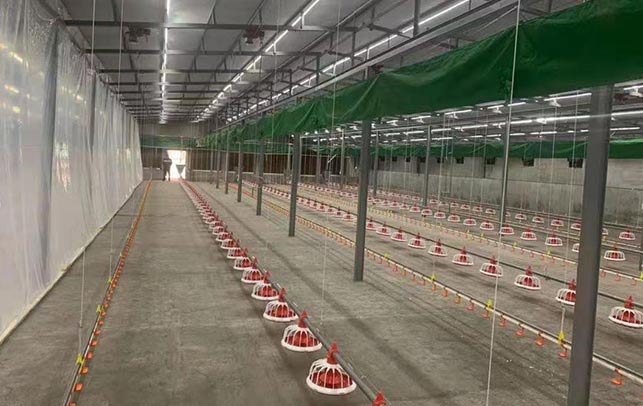What is the Recommended Size of a Poultry House?
Time : 2024-09-12
When it comes to poultry farming, one of the most crucial factors that can affect the health and productivity of your birds is the recommended size of a poultry house. Proper sizing ensures that chickens have adequate space to move, eat, drink, and lay eggs while minimizing stress and promoting overall well-being. In this article, we will explore the recommended size of a poultry house for small, medium, and large operations.
Recommended Dimensions for Small Chicken Coops
For backyard or small-scale chicken keepers, the recommended size of a poultry house can vary based on the number of chickens you intend to raise. Generally, a good rule of thumb is to provide at least 2 to 4 square feet per bird inside the coop.
Essential Features of Small Chicken Coops
- Space Requirements: If you’re planning to keep up to six hens, a poultry house measuring approximately 24 square feet would suffice. This could translate to a coop that measures 4 feet by 6 feet. Keep in mind, however, that additional space should be provided if you plan to include nesting boxes, roosting bars, or feeders.
- Outdoor Access: In addition to indoor space, outdoor run areas are essential. A recommended size for an outdoor run is about 10 square feet per bird. So, for a small flock of six hens, aim for an outdoor space of 60 square feet (for instance, 6 feet x 10 feet).
- Ventilation and Lighting: Ensure that the small chicken coop has proper ventilation to prevent moisture buildup and reduce ammonia levels. Windows and vents positioned appropriately can greatly enhance the living conditions for your birds.
Overall, when considering the recommended size of a poultry house for small-scale operations, flexibility in design and consideration for the well-being of the chickens are paramount.
Recommended Dimensions for a Medium-Sized Chicken House
As your poultry farming venture expands, you may find yourself needing a medium-sized chicken house. The recommended size of a poultry house for medium operations generally ranges from 100 to 300 square feet depending on the breed and the number of birds.
Key Considerations for Medium Chicken Houses
- Space Allocation: For a flock of about 20 to 30 chickens, the coop should ideally measure around 150 square feet. This means you could opt for a structure that is approximately 10 feet by 15 feet. Again, the rule of thumb remains 2 to 4 square feet per bird indoors, along with a corresponding outdoor run of 8 to 10 square feet per bird.
- Nesting Boxes and Roosts: It’s important to incorporate sufficient nesting boxes—typically one box for every four to five hens—and adequate roosting space. You might need about 8-12 linear feet of roosting space to ensure that all chickens have room to perch comfortably.
- Utilities and Amenities: Medium-sized chicken houses should also accommodate feeders and waterers. Placement should allow easy access while ensuring that they do not overcrowd the available space for the birds.
In conclusion, adhering to the recommended size of a poultry house for medium-scale operations allows for better management of your flock and enhances their quality of life.
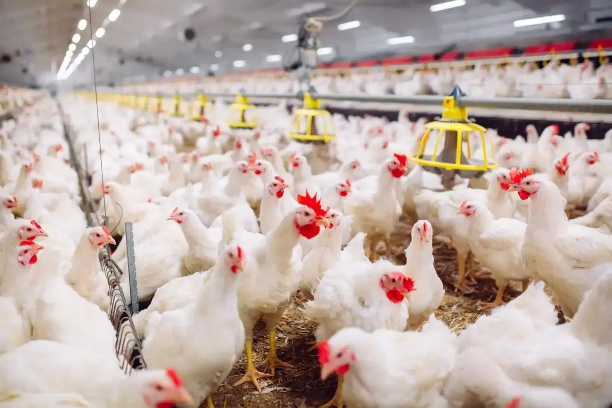
Recommended Dimensions for Large Chicken Houses
For commercial poultry operations, understanding the recommended size of a poultry house is vital for maximizing efficiency and production. A large chicken house may span anywhere from 500 square feet to several thousand square feet, depending on the scale of the operation.
Features of Large Chicken Houses
- Space Requirements: The recommended size of a poultry house for larger flocks consists of maintaining roughly 1.5 to 2 square feet per bird for broilers, and 1.5 to 3 square feet per bird for layers. For example, if you have 1,000 layers, your poultry house should ideally be between 1,500 to 3,000 square feet.
- Advanced Systems: Large chicken houses often integrate automated systems for feeding, watering, and climate control. These systems require more spacious designs but significantly streamline operations, ultimately benefiting the welfare of the birds.
- Biosecurity Considerations: Given the scale of commercial operations, biosecurity is crucial. Adequate space should be allocated for disinfection stations and storage areas for feed and equipment.
- Environmental Control: Effective ventilation, heating, and cooling systems must be in place to maintain optimal living conditions for birds. The design should accommodate these needs without compromising the overall space allocation.
Understanding the recommended size of a poultry house for large operations not only promotes efficient management but also fosters an environment conducive to healthy and productive layers or broilers.
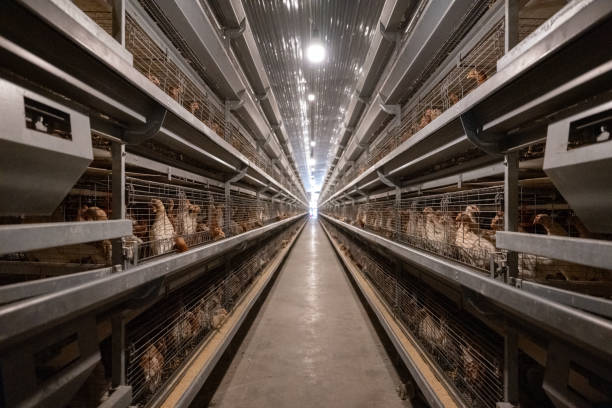
Conclusion
Selecting the recommended size of a poultry house is essential for any poultry farmer, whether operating on a small, medium, or large scale. The dimensions chosen should reflect not only the number of birds but also their well-being, productivity, and ease of management.
Summary of Key Points
- For small chicken coops housing 6 hens, aim for 24 square feet indoors and an outdoor run of 60 square feet.
- In medium-sized chicken houses for 20 to 30 birds, allocate around 150 square feet inside with a corresponding outdoor run size according to the number of chickens.
- Large chicken houses for commercial operations accommodating 1,000 layers may require between 1,500 to 3,000 square feet, including provisions for automated systems and biosecurity measures.
Final Thoughts on Poultry House Sizes
When deciding on the recommended size of a poultry house, it’s crucial to account for the specific needs of your flock based on their breed, age, and purpose (meat or egg production). Additionally, understanding local regulations and guidelines about poultry housing can help you adhere to best practices in animal husbandry and welfare.
Investing time and resources into creating a well-designed poultry house that meets the recommended size of a poultry house will pay off in terms of healthier, more productive birds and a more efficient farming operation. Whether you’re starting small or diving into commercial poultry farming, appropriate space allocation is key to successful poultry keeping.
By carefully considering these dimensions and ensuring that your poultry house aligns with the recommended sizes, you’ll be setting a solid foundation for a thriving poultry operation. Remember, a happy hen is a productive hen!






